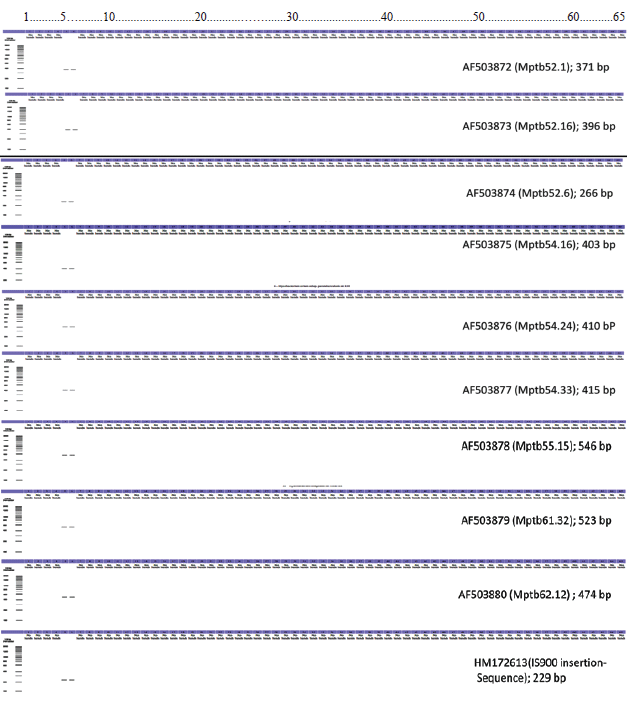

To solve this problem, researchers have optionally considered the manual design of degenerate primers or design through software programs that provides accessibility through a graphical user interface (GUI). This has been thought to result from the complexity of the program since it is run only by command-line, hence limiting its accessibility. In spite of the premium presented for designing degenerate primers, literature search has indicated relatively little use of its heuristics. The highly degenerate primer (HYDEN) design software program primarily addresses this variant of DPD problem termed “maximum coverage-degenerate primer design (MC-DPD)” and its heuristics have been substantiated for optimal efficiency from significant successes in PCR. To date, different algorithms now exist to solve various versions of DPD problem, many of which, only few addresses and satisfy the criteria to design primers that can extensively cover high through-put sequences while striking the balance between specificity and efficiency. However, the degenerate primer design problem (DPD) is a constraint to designing this kind of primer. Conceivably, primer mixtures containing substitutions of different bases at specific sites (degenerate primers) have enabled the amplification of these genes in PCR reaction. More recently, this approach has been extended to amplify population of genes, from evolutionarily related gene family for detection and evaluation of microbial consortial with several unique potentialities (e.g., enzymatic degradability). The techniques of amplifying genetic materials have enabled the extensive study of several biological activities outside the biological milieu of living systems.


 0 kommentar(er)
0 kommentar(er)
